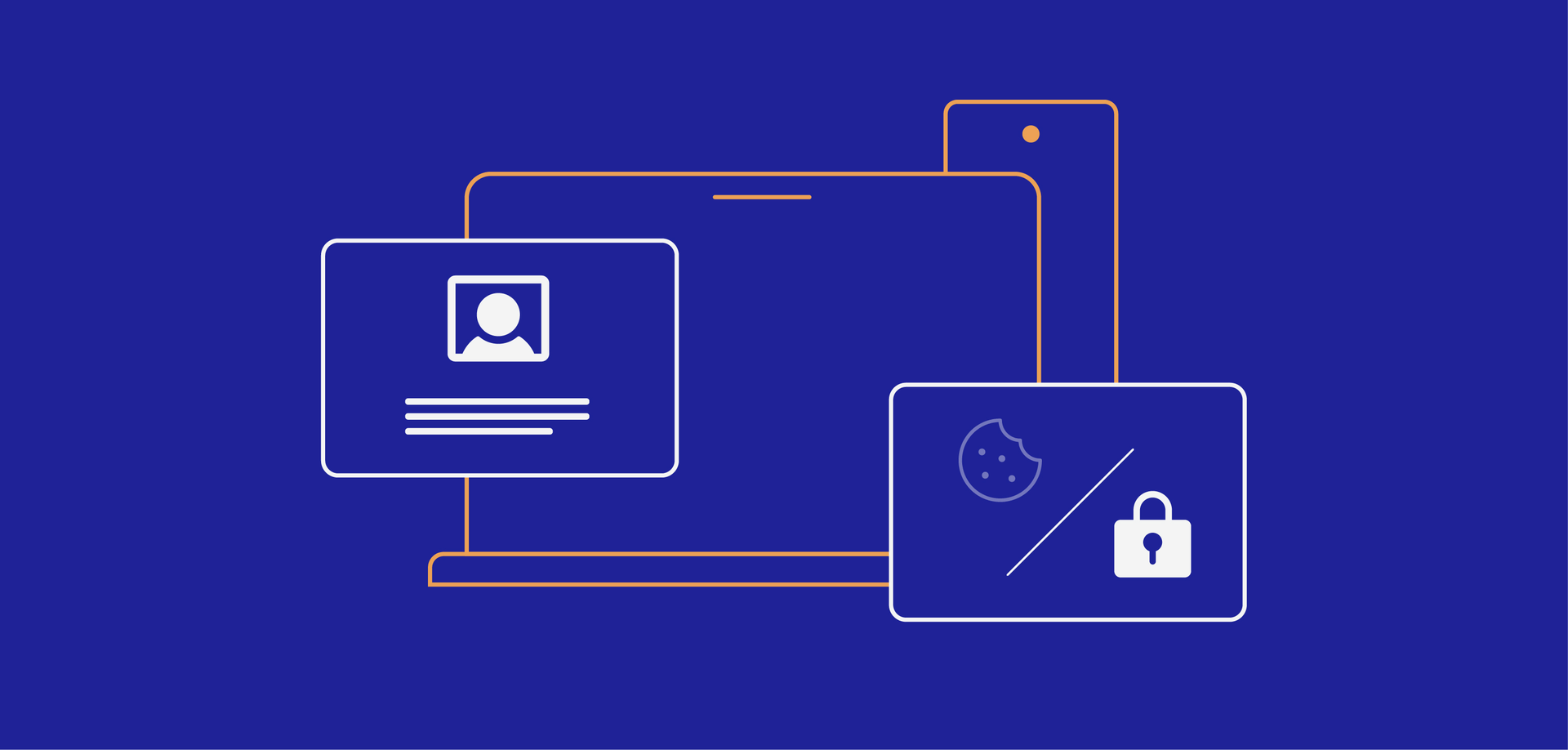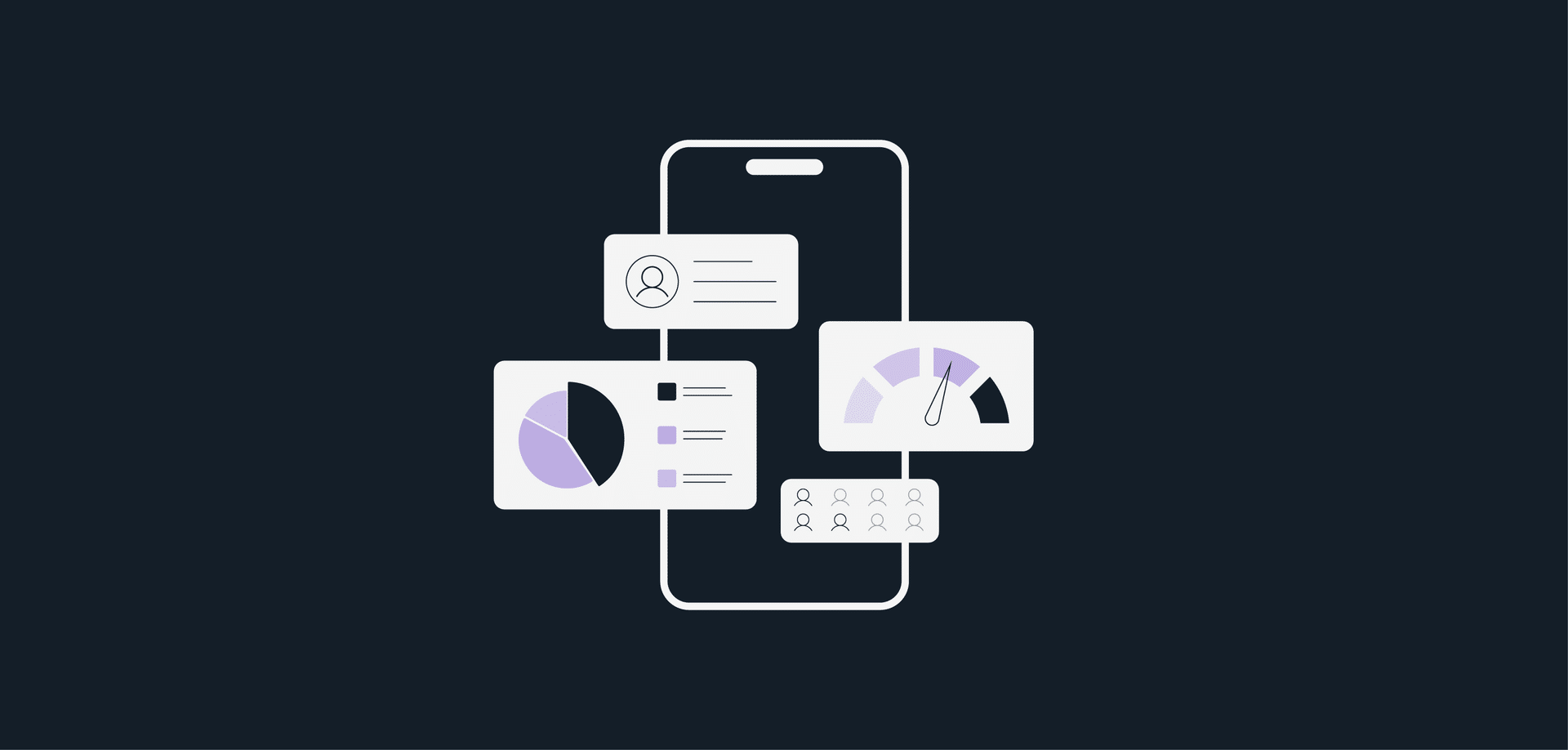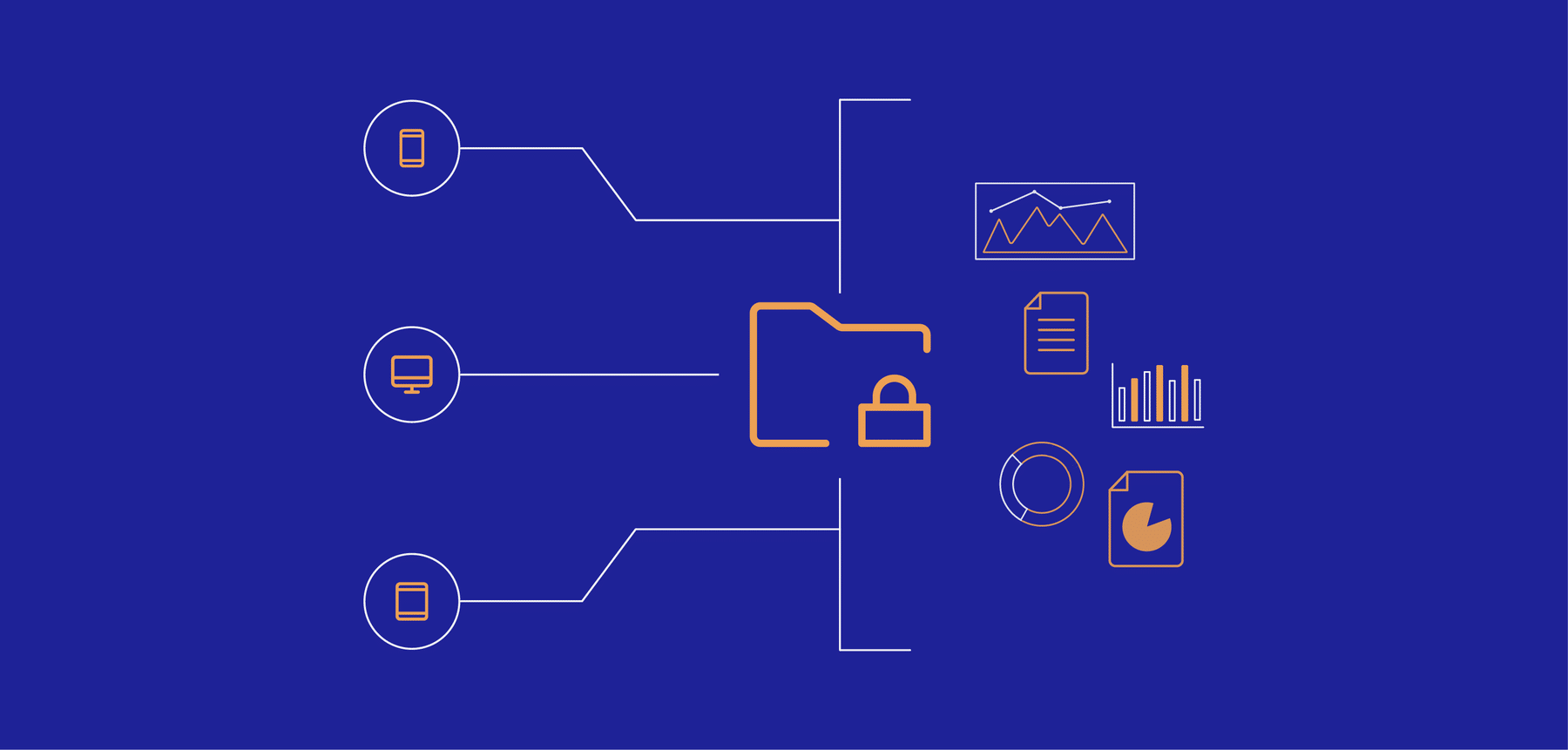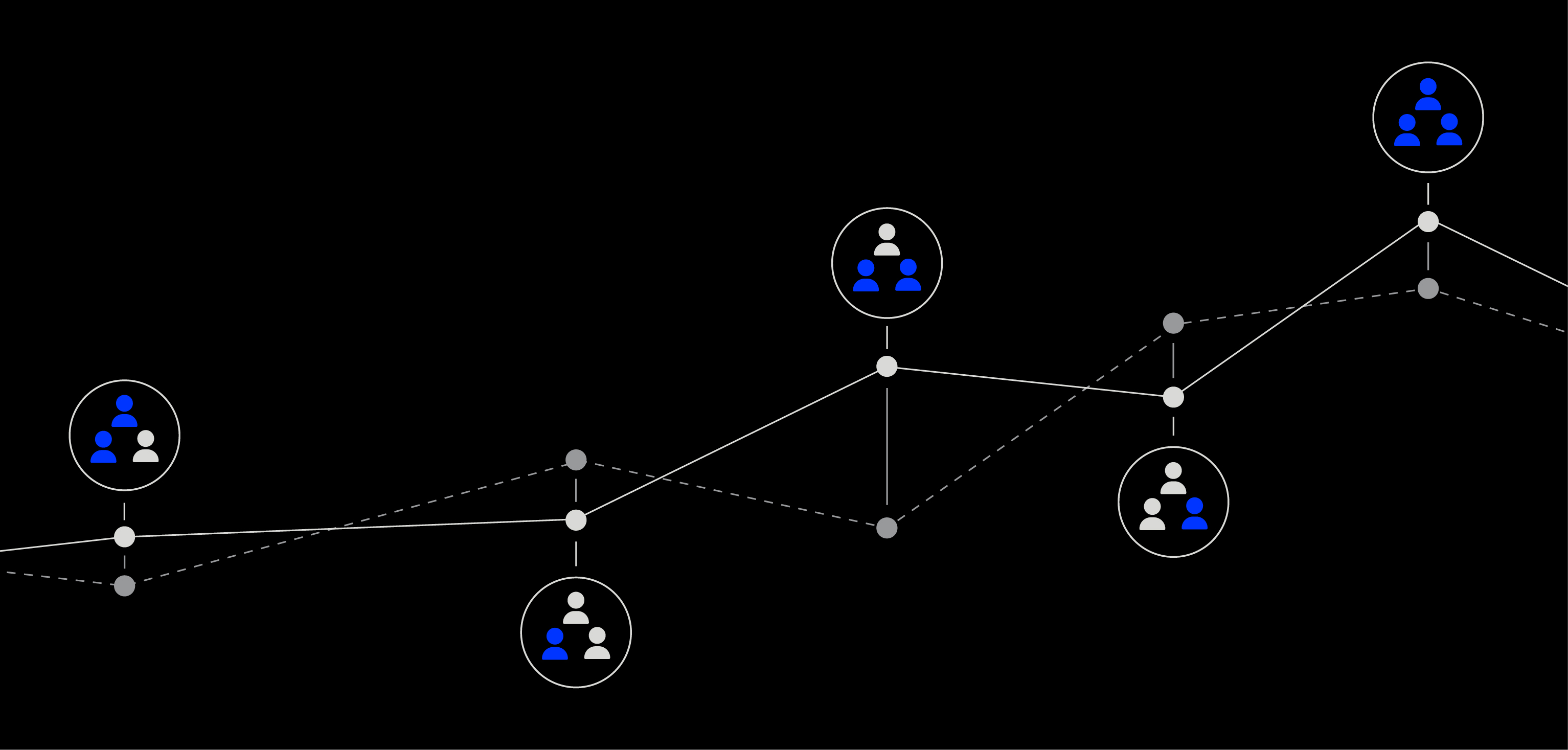Understanding Behavioral Analytics: A Step-by-Step Guide
- Reading Time: 8 minutes
In today’s digital-first world, businesses that leverage behavioral analytics are setting themselves up for greater success. A study by McKinsey has shown that companies utilizing behavioral data are 85% more likely to retain customers and see a 25% boost in revenue compared to those that don’t. This underscores the significant impact behavioral data has on business performance. By using platforms like Dataroid, businesses can harness these insights to create highly personalized customer experiences, leading to better engagement and retention.
What is behavioral analytics?
Behavioral analytics is the practice of collecting and analyzing data on user actions and interactions with digital channels, such as websites, mobile apps, and other online platforms. Unlike traditional analytics, which focus on demographic data (age, location, etc.) or transactional data (e.g., sales volumes, revenue), behavioral analytics delves deeper into what users do when interacting with a product or service. This type of analysis provides insights into user intent, decision-making processes, and areas where users encounter friction.

Why behavioral analytics matters?
Behavioral analytics is crucial for modern businesses because it allows organizations to gain a granular understanding of their customers’ needs and preferences. This deeper understanding can lead to actionable insights that enhance the customer experience, boost retention, and drive revenue growth.
The Role of Behavioral Analytics in Customer Experience
By understanding not just who your customers are but also how they behave, businesses can deliver highly tailored experiences. Behavioral analytics reveals critical patterns in user interactions, providing insights that inform product development, business strategy, digital experience, and marketing strategies. For instance, in the banking sector, many financial institutions use behavioral data to analyze customer spending habits, allowing them to offer personalized financial products such as savings plans or credit offers that fit individual customer profiles. This not only increases customer satisfaction but also helps in building stronger customer loyalty.
A real-world example is İşbank‘s use of behavioral analytics to improve user engagement across its mobile app and website. By analyzing user behavior, İşbank was able to identify when customers attempted transactions that exceeded their current credit card limits. In response, they proactively offered an instant credit card limit increase, resulting in a 38% increase in conversions. This approach not only improved the overall customer experience by reducing friction in the transaction process but also helped to drive revenue growth through timely and relevant upsell opportunities.
The Step-by-Step Guide to Mastering Behavioral Analytics
To fully leverage the power of behavioral analytics, businesses need a clear, structured approach. Here’s a breakdown of how to master behavioral analytics and turn data into actionable insights that enhance customer experiences and drive growth.

Step 1: Define Your Behavioral Metrics
The first step in using behavioral analytics is identifying the key behaviors you want to gain insights into. These behaviors should be closely tied to your success metrics but also consider the entire customer journey. Depending on your industry, business model, and goals, you might focus on specific flows, such as application processes, purchase journeys, or onboarding experiences. Tracking KPIs like conversion rates at different stages, successful product sign-ups, or the rate at which visitors turn into customers is crucial for measuring impact.
Beyond just monitoring predefined behaviors, behavioral analytics also enables businesses to uncover hidden patterns and unexpected user actions within these flows. This approach helps identify opportunities for improvement that might not have been visible initially, allowing you to refine the user experience and better align it with customer needs.
Common Behavioral Metrics
- Click-through rates (CTR): The percentage of users who click on a link or button, offering insights into how engaging your content or call-to-action (CTA) is.
- Session duration: How long users stay on your website or app, indicating how engaging and useful they find your content.
- Conversion rates: The percentage of users who complete a desired action, such as making a purchase or signing up for a service.
- Page views and navigation flows: Tracking how users move through different pages of your site or app helps identify popular paths and potential drop-off points.
Step 2: Collect and Organize Data
Once you’ve identified the behaviors you want to track, the next step is to gather data. Data can be collected from a variety of sources, including:
- Website and mobile application tracking: Platforms like Dataroid can provide real-time data on user interactions, including page views, button clicks, and submissions.
- Social media platforms: Insights from how users interact with your content on platforms like Instagram, Twitter, and LinkedIn.
- Online marketing campaigns: Track user engagement across various digital marketing efforts, such as email newsletters, display ads, and social media ads. This includes monitoring metrics like click-through rates and conversions, whether the user clicks on an email link or engages with an ad on another platform.
- Customer feedback: Surveys, reviews, and direct feedback from customers can offer qualitative insights into their experiences and behaviors.
Sign up to drive your business with the power of data
Step 3: Segment and Analyze Behavioral Data
After collecting behavioral data, the next critical step is analysis. This involves segmenting your customer base to gain more meaningful insights. For instance, users who have visited your website for the first time will behave differently from returning customers or frequent purchasers.
Step 4: Act on Insights—Turn Data into Decisions
The true value of behavioral analytics lies in the ability to act on insights. Once you’ve analyzed your data, the next step is to make informed decisions that enhance customer experiences, drive engagement, and optimize your product. Here are some keyways to turn data into action:
Personalization
Use behavioral insights to offer personalized marketing experiences at every touchpoint. For example, if a customer consistently engages with a specific type of product or content, deliver targeted recommendations or promotions based on their preferences. Additionally, if a user frequently explores a product but never completes a purchase or application, consider retargeting them with tailored offers or incentives that address potential hesitations.
Product Development and UX Optimization
Behavioral analytics can reveal which features or aspects of your product are underused or cause friction for users. For example, identifying the most common paths and drop-off points in user flows can highlight opportunities for improvement.
If there is a significant drop-off at a specific step in the journey, a UI/UX update might be necessary to streamline that interaction. You can also leverage data to implement highly engaging content or features within the app itself. This data-driven approach helps prioritize enhancements that remove barriers and elevate the overall user experience.
Targeted Messaging and Content Personalization
Insights from behavioral analytics can inform your marketing strategies by helping you understand which messages resonate most with different customer segments. With Dataroid, you can leverage digital behavioral analytics to send push notifications and in-app messages directly to users based on their actions and preferences. This allows you to engage with users in real-time, offering timely personalized recommendations that align with their needs.
For example, if a user frequently browses a particular product category but hasn’t made a purchase, you can send a push notification offering a special discount or relevant content to encourage them to take the next step. By delivering these behavior-driven messages at the right moment, you create a more responsive and engaging user journey, tailored specifically to each individual’s behavior.
Step 5: Monitor, Optimize, and Adapt
After acting on your insights, the next step is to continuously refine your strategies by monitoring and adapting to evolving customer behaviors. Digital customer behavior is dynamic, and patterns can shift over time. As such, it’s essential to continuously monitor the performance of your strategies and adjust as needed.
Key Areas for Ongoing Monitoring
- User engagement: Are your customers still engaging with your content or product features at the same rate? If not, what changes could improve engagement?
- Churn prediction: Use churn prediction models to identify at-risk customers and act proactively to reduce churn.
- Conversion rates: Regularly assess how well your marketing and product strategies are converting users into paying customers or loyal advocates. This should include a detailed analysis of conversion rates at each stage of the user journey, such as onboarding flows, product application processes, or purchase funnels.
- Customer Journey Mapping: Understanding where users drop off within these funnels allows you to identify bottlenecks and optimize specific touchpoints to improve overall conversion rates. Tracking these metrics helps you refine the user experience and ensure a smoother path from initial engagement to successful conversion.
Dataroid: Elevating Digital Experiences Through Behavioral Insights
Dataroid is uniquely positioned to help businesses harness the power of behavioral analytics. With advanced features designed to help you collect, analyze, and act on digital behavioral data, Dataroid empowers companies to make smarter decisions, personalize customer experiences, and drive sustainable growth.
Here’s how Dataroid can enhance your behavioral analytics efforts:
- Deep Customer Insights: Dataroid allows you to track and analyze user behaviors across all touchpoints, from mobile apps to websites.
- Personalization at Scale: Use data-driven insights to create highly personalized experiences, increasing engagement and customer loyalty.
- Predictive Capabilities: Leverage predictive analytics to identify at-risk customers and take action before they churn.
- Real-Time Analytics: Get real-time updates on customer behaviors, allowing you to adapt quickly to changing patterns.
- Enhanced Customer Engagement: Utilize Dataroid’s behavioral data to create targeted campaigns and interactive content that resonate with users, driving deeper engagement and fostering stronger connections throughout their digital journey.
- For example, Nays successfully used Dataroid to boost engagement and conversions. By analyzing user behaviors, Nays achieved a 16.2% increase in first-time money transfers and a 3.43x increase in financial transactions through personalized push notifications and campaigns.
Ready to transform your customer experience with behavioral insights? Request demo today and unlock new levels of engagement, retention, and growth like never before.
Frequently Asked Questions
How does behavioral data help prevent customer churn?
By identifying patterns that indicate a customer might stop using a product or service (such as a decrease in engagement), behavioral analytics can help businesses act preemptively. Predictive models can identify at-risk customers, and personalized messaging or offers can help re-engage them before they churn.
What role does behavioral analytics play in personalization?
Behavioral analytics allows businesses to tailor their marketing messages, product recommendations, and overall user experiences to individual preferences. By understanding how users interact with content or products, businesses can deliver targeted offers and messages that align with user behavior, improving the likelihood of conversions.
How does behavioral analytics differ from traditional analytics?
Traditional analytics often focuses on demographic data (e.g., age, gender, location) or transactional data (e.g., sales figures), while behavioral analytics goes deeper, tracking user actions, interactions, and journeys within a digital platform. It helps businesses understand why users take certain actions and how to improve their experiences.
How to analyze behavioral data?
Behavioral data analysis involves segmenting users based on specific behaviors, such as purchase frequency or engagement with certain features. By comparing different segments (e.g., new users vs. loyal customers), businesses can identify trends and opportunities to enhance user experiences.
YOU MAY ALSO LIKE
Journey Analytics: How to Optimize the Customer Journey
Cookieless Analytics: How to Prepare for a Future Without Cookies
Mobile Analytics 101: How to Measure and Improve Your App's Performance
Securing Data in Digital Marketing: A Quick Guide
Daily Active Users (DAU): Why It Matters and How to Track It
Drive your digital growth
Schedule a demo today to learn more on how we can help you unleash the potential of digital using Dataroid.




